Date: 23 Jun 2025
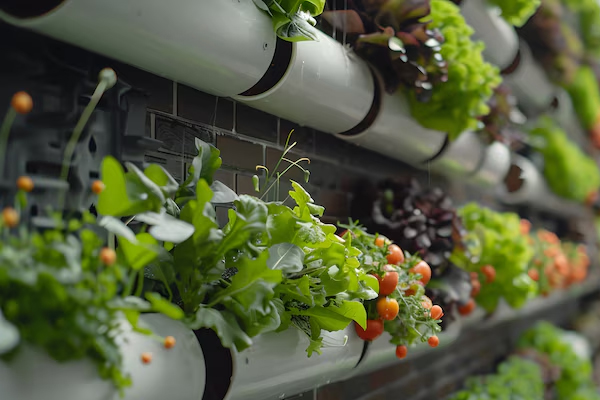
1. Improper control of pH and EC values
One of the most common and underrated mistakes in hydroponics is poor control of the pH and electrical conductivity (EC) of the nutrient solution. Plants absorb nutrients most efficiently within a certain pH range – usually between 5.5 and 6.5. If the values go outside this range, the absorption of important elements such as nitrogen, potassium and calcium is impaired.
How to avoid it:
- Use calibrated pH and EC meters and check the values at least once a day.
- If necessary, use pH up or pH down solutions to adjust the environment.
- Monitors the EC value against the phase of plant development (vegetative growth, flowering, etc.).
Bluelab Combo Meter - pH and EC Tester pH Up - pH increase regulator pH Down - pH decrease regulator
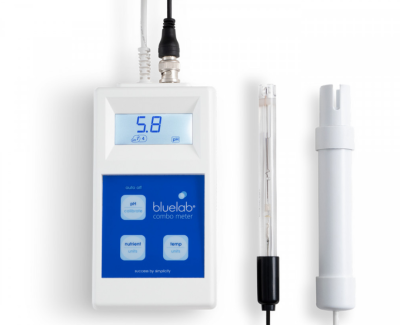
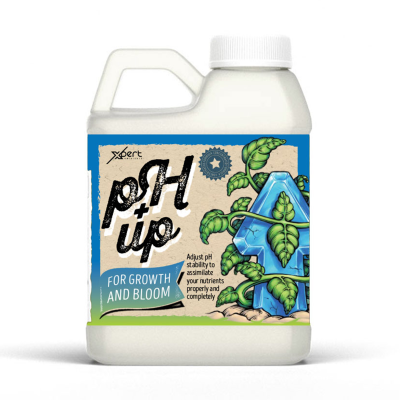
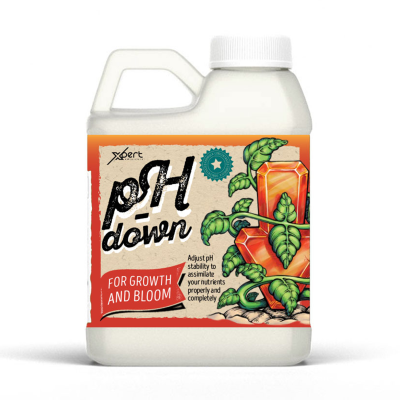
2. Poor ventilation and temperature control
A hydroponic greenhouse or room must maintain stable growing conditions. High temperatures, humidity, or lack of circulation can lead to disease, rot, and stunted growth. It is especially important to provide sufficient carbon dioxide (CO₂) and fresh air.
How to avoid it:
- Install fans to circulate and remove stale air.
- Use an air conditioner or cooler to control the temperature in warm seasons.
- Monitor humidity - optimal is between 50–70% depending on the growth stage.
Cyclone 40cm - wall circulation fan WITHOUT remote control Indoor thermometer and hygrometer - thermo-hygrometer
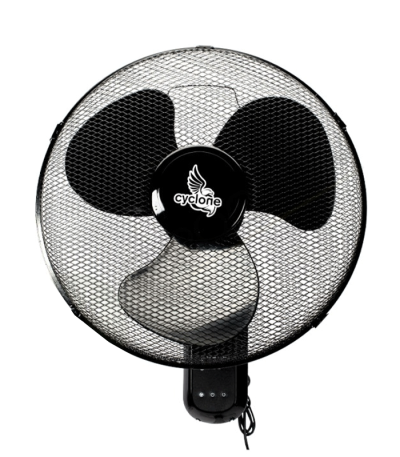
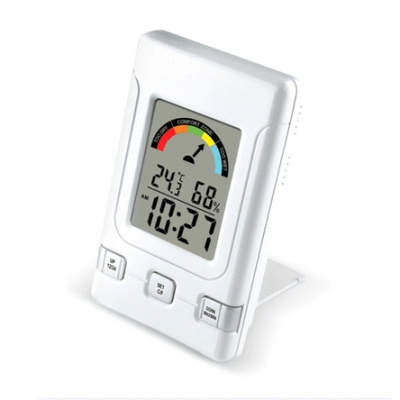
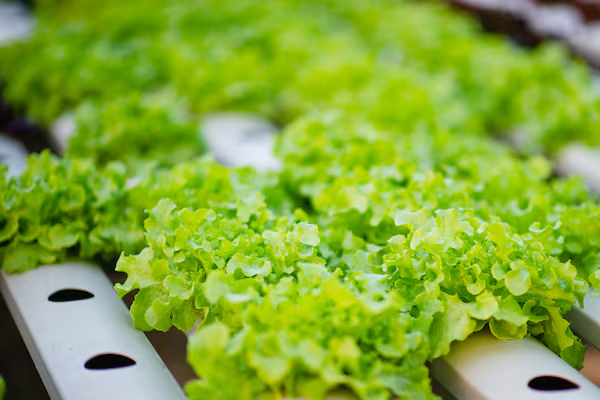
3. Using inappropriate nutrient solutions
Not every fertilizer is suitable for hydroponic systems. Many novice gardeners make the mistake of using a soil-based fertilizer , which leads to salt buildup and root blockage. In addition, the balance of macro- and micronutrients is key.
How to avoid it:
- Only use hydroponic fertilizers formulated for soilless growing.
- Strictly follow the dosages specified by the manufacturer.
- Change the nutrient solution regularly – usually every 7–10 days.
Tripart Flora Gro/Bloom/Micro 1L - three component mineral fertilizer
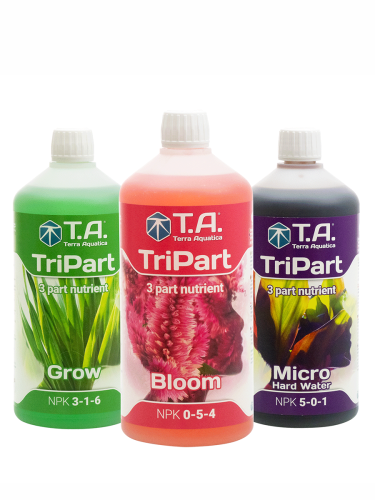
4. Lack of regular monitoring of the root system
Roots are the “heart” of a hydroponic system. If left unchecked, they can become infected with bacteria, fungi, or rot due to lack of oxygen. This is often the result of poor aeration of the solution or a buildup of organic waste.
How to avoid it:
- Use air stones or diffusers to saturate the solution with oxygen.
- Visually inspect the roots – they should be white and healthy, not brown or slimy.
- Clean the tank and system components every 2–3 weeks.
HAILEA 80 mm Volume Ceramic AirStone - aeration stone for saturating aqueous solution with oxygen
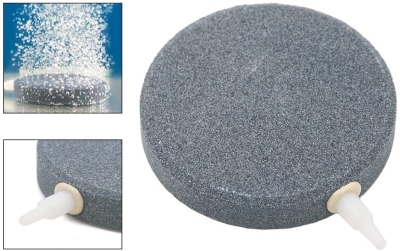
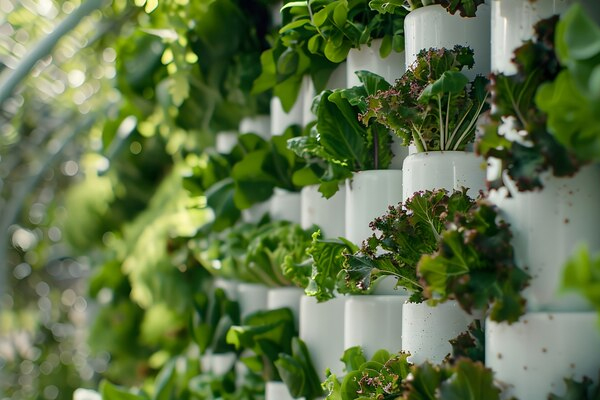
5. Too much light or not enough light
Lighting is a key factor in hydroponic growing, especially indoors. Some gardeners make mistakes such as using too much light, which can burn the plants , or the opposite – using too little light, which slows down photosynthesis.
How to avoid it:
- Use LED hydroponic lights with the correct spectrum (blue for growth, red for flowering).
- Adjust the distance between the lamps and the plants according to the manufacturer's recommendations.
- Follow the daily light cycle – usually 16 hours for growth and 12 hours for flowering.
Lumatek Zeus 600W Pro 3.1 LED - Grow and Bloom Lamp
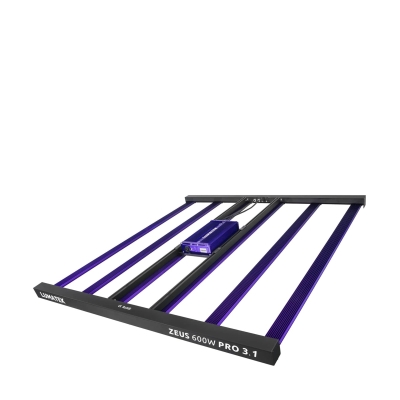
Conclusion: Success in hydroponics is a matter of knowledge and observation
Hydroponics is a smart and sustainable way to produce food, but it requires attention to detail. By avoiding the mistakes above, you can significantly improve the health of your plants, increase yields, and save time and money.
Remember that regular monitoring, testing, and optimization are the keys to a successful hydroponic system.

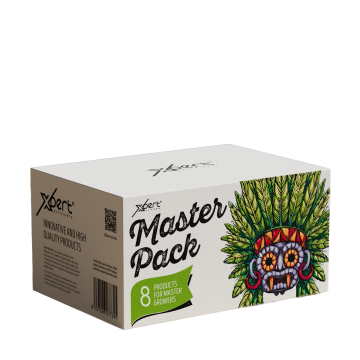

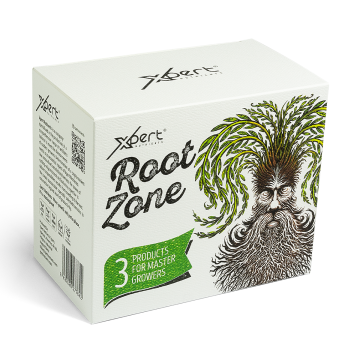
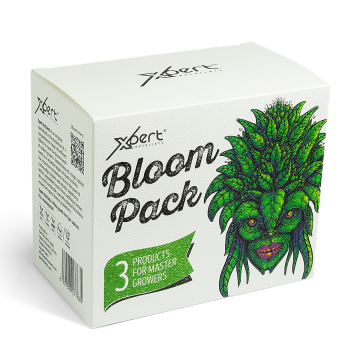

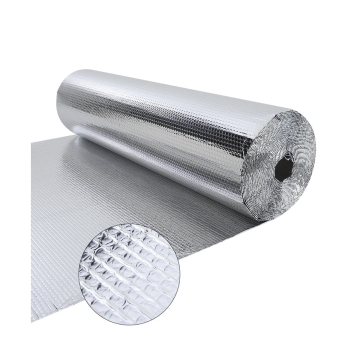
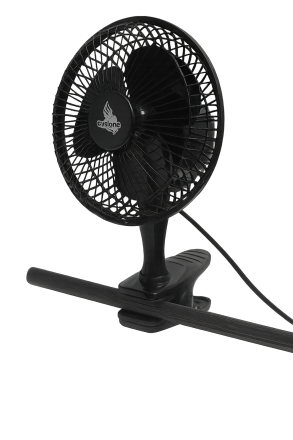
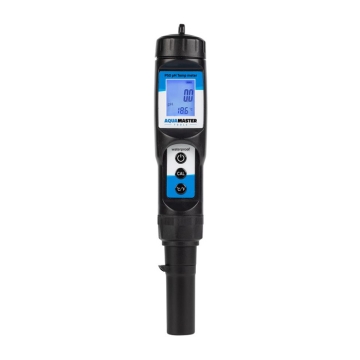
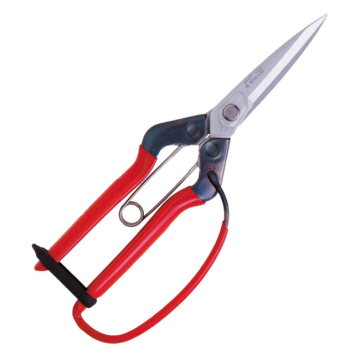
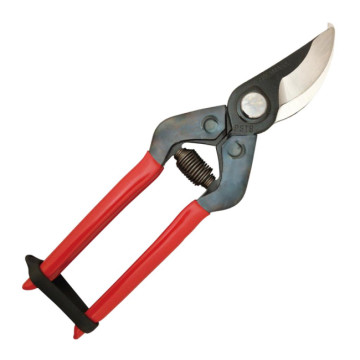
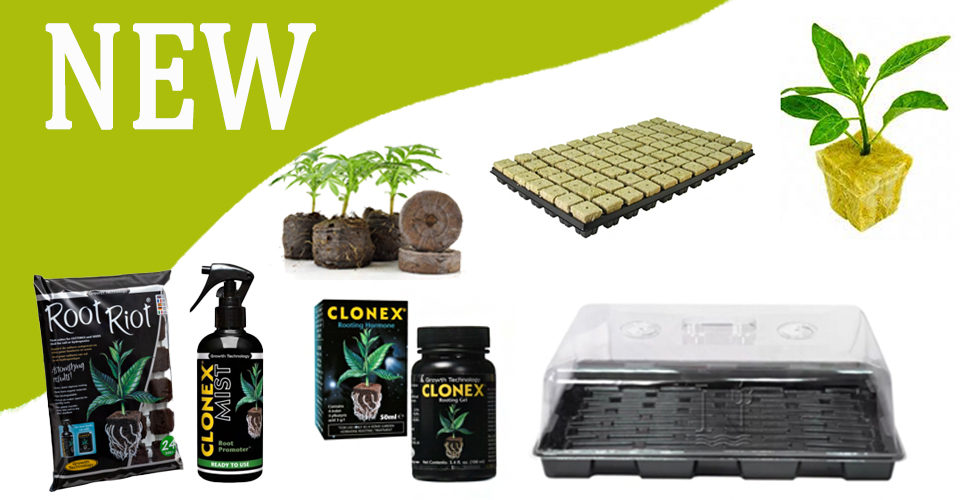
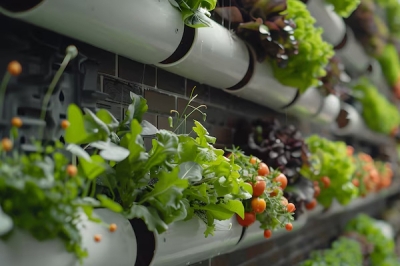



































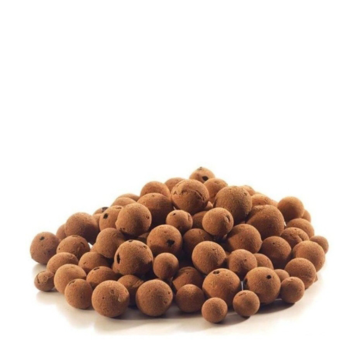
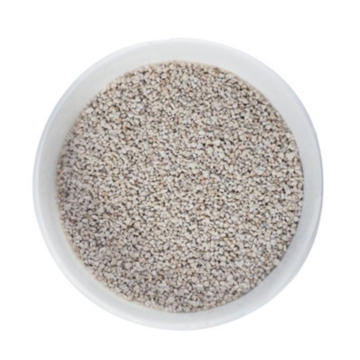
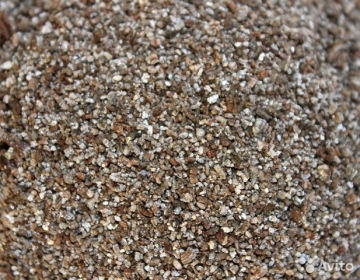
Post comment